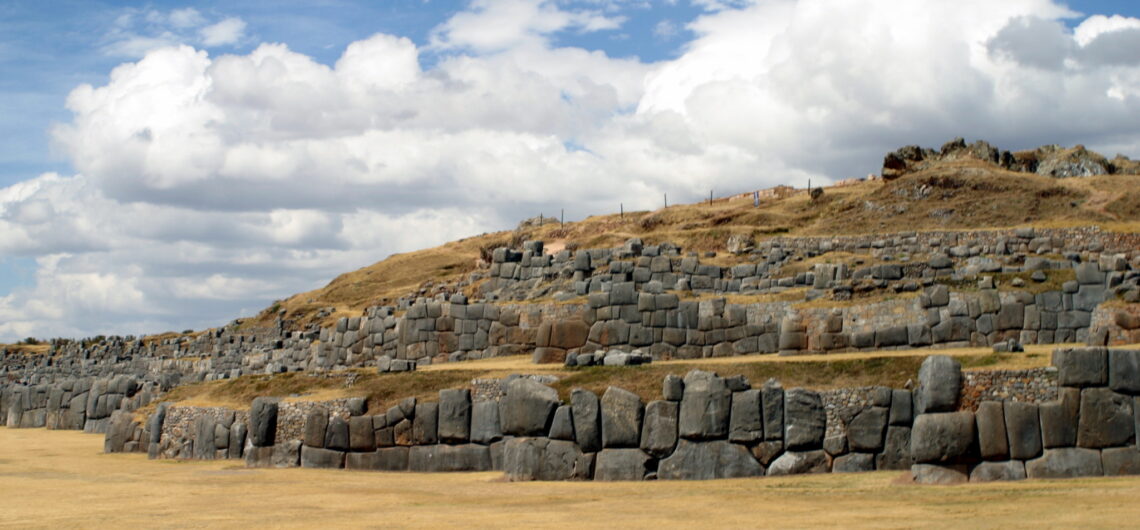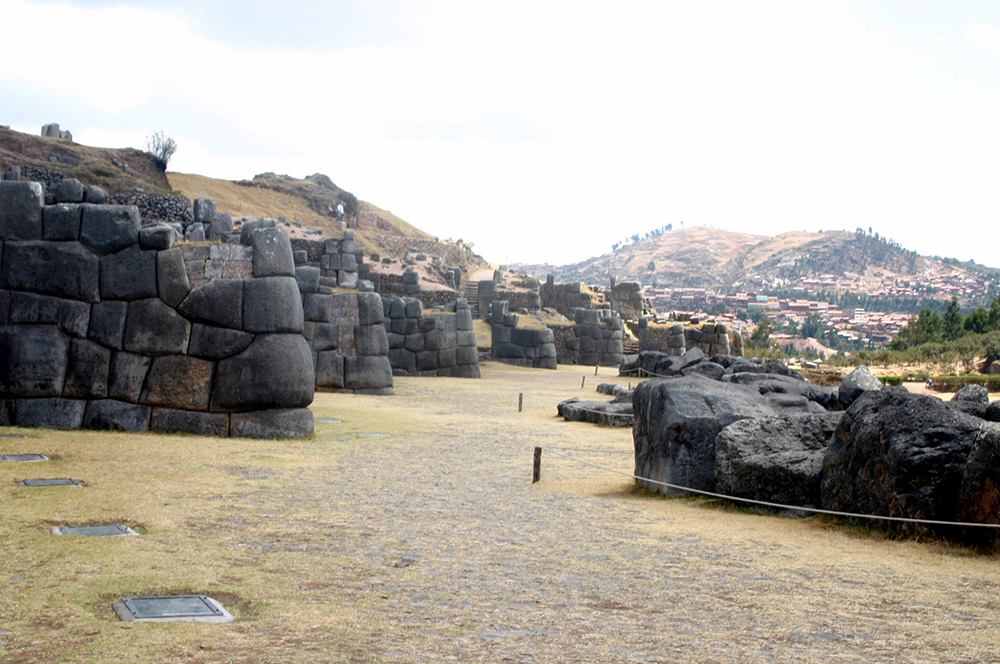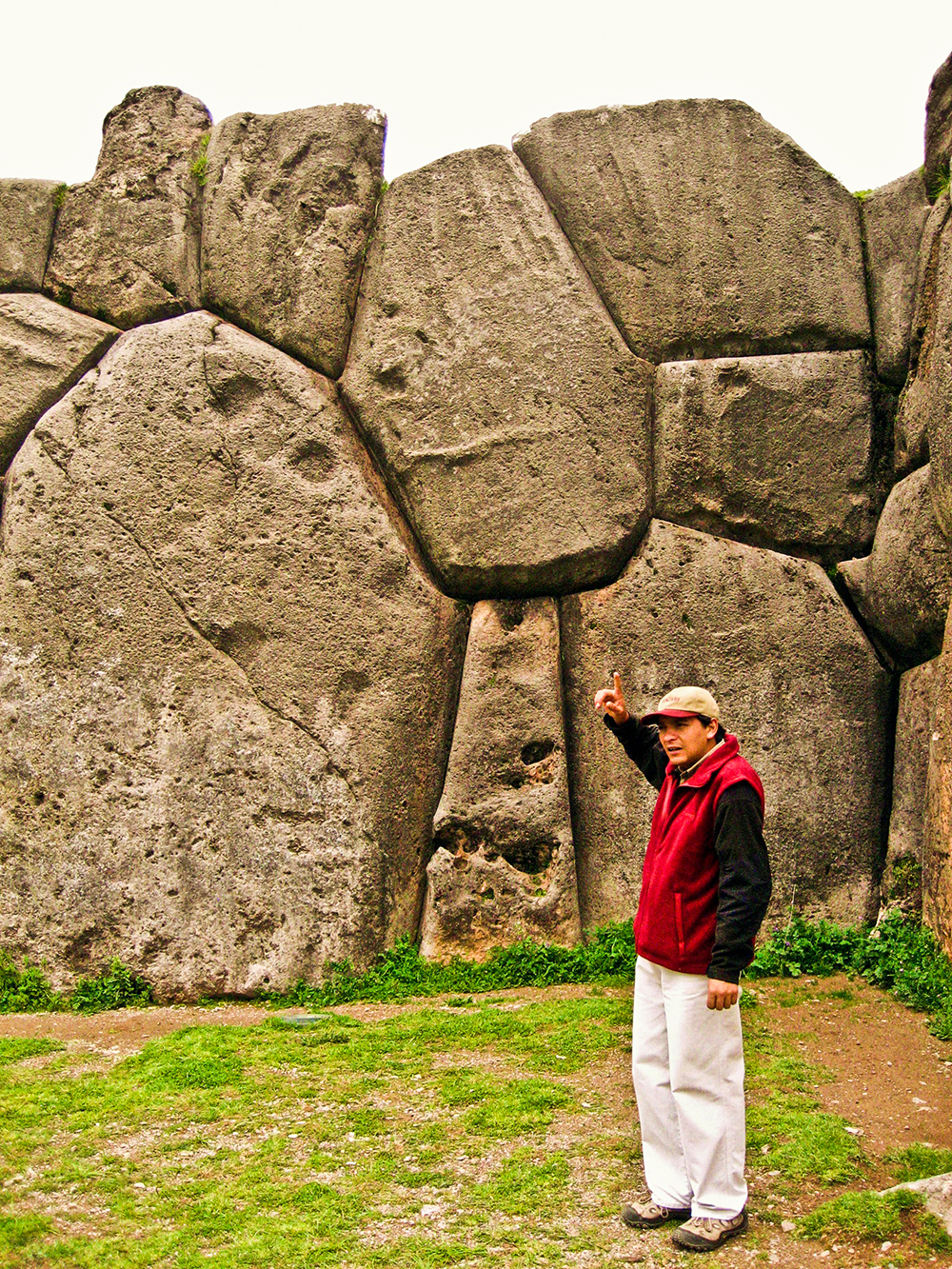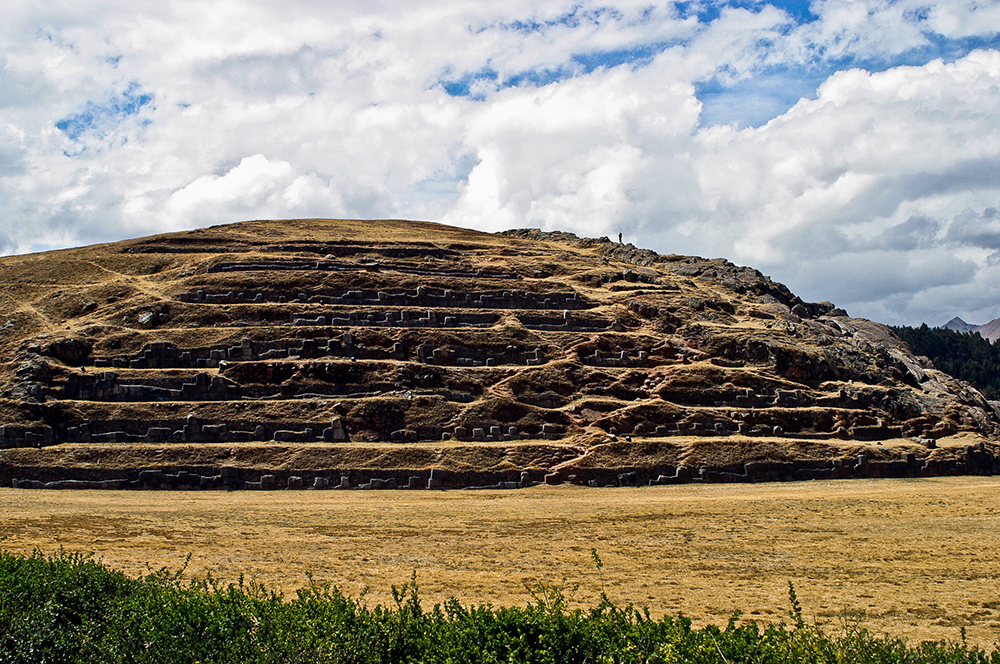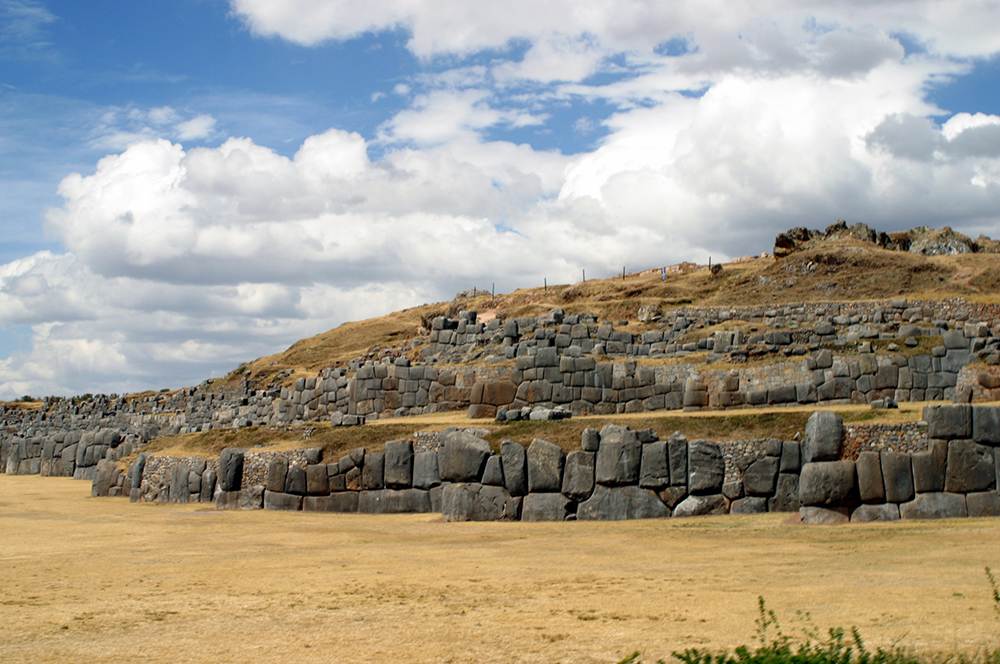When travelers think “Inca,” their minds immediately rush to images of Machu Picchu, the iconic ancient archaeological complex isolated amongst the Andean peaks. However, there are many important Inca ruins complexes nearby Cusco that are worth visiting to get a complete picture of the great society that once ruled the area. Perhaps the most impressive collection of these relics of the ancient empire is the complex of Sacsayhuaman ruins, which sits atop a hill overlooking the Inca’s former capital city.
Sacsayhuaman Ruins – Pronounced ‘Sexywoman’
The name “Sacsayhuaman” (or the many spelling variations of the name, including Saksaywaman, Sacsahuaman, and Saxahuaman, amongst others) can be a mouthful for visitors unfamiliar with the Quechuan tongue, but it is pronounced like “sexy woman,” which expert guides in Peru will joke about to no end. There are various interpretations about the tonguetwisiting title, the prevailing one relating to the belief that Cusco’s zigzag shape was evokes a puma, and its speckled head was the hill of “Sacsa Uma.”
Visiting Sacsayhuaman Ruins
Sacsayhuaman ruins make for a fantastic half-day trip from Cusco city centre. The ruins are easily reached, with a short drive from the city centre. The ruins can be combined with a visit to other, smaller nearby ruins, or as a standalone visit in itself. Located outside the city centre and up a hill, the views back over the city are spectacular from this historic site, and make it undoubtedtly one of the best things to do in Cusco.
About Sacsayhuaman Ruins
Although the origins of Sacsayhuaman ruins are uncertain, most academics agree that Sacsayhuamán was an important military or ceremonial site at the time of the Incas. The ruins date back to the time of Pachacutec, the Inca ruler who brought the Inca Empire to its climax around AD 1200. The most remarkable characteristic of the site is its megalithic architecture, with the largest stones standing 8.5 meters (28 feet) and weighing 330,000 kilograms (361 tons).
Sacsayhuamán ruins once had three fabulous towers and a labyrinth of rooms large enough to garrison 5,000 Inca soldiers. If it were military in function, this fortress likely served as the focus of the Great Rebellion led by Manco Inca against the Spanish in 1536, where the Incas besieged Cusco for 10 months. Historians say if Manco Inca had been able to defeat the Spanish here, he may have saved the Empire, but no matter how valiantly his troops fought, the Spanish wrestled back control of the fort, Cusco, and, ultimately, all of Peru.
Archaeologists estimate that tens of thousands of workers spent seven decades building this massive structure, hauling the immense stone blocks that make up its double outside walls and erecting the near indestructible buildings that transformed the complex into one of the most wondrous in all the empire. Although the outer walls are mostly intact, the buildings in the complex were destroyed to provide building stones for many of the structures in Cusco. Still, you can see the so-called Inca’s Throne from which parading troops were allegedly surveyed. Take a moment to stand on the sumptuous stones and look out upon the cityscape, imagining yourself as a great Inca ruler surveying his kingdom. The legacy of Sacsayhuamán ruins lives on in the feeling it instills.

